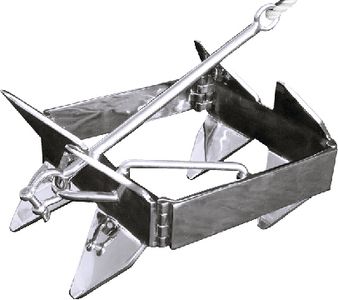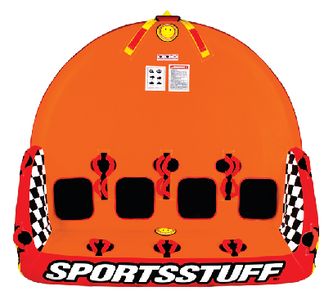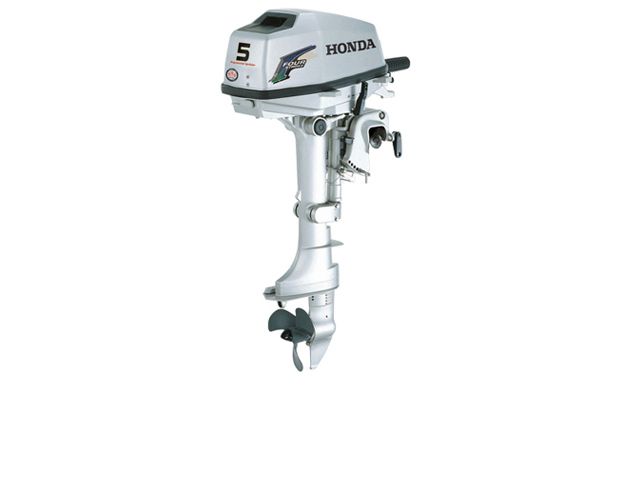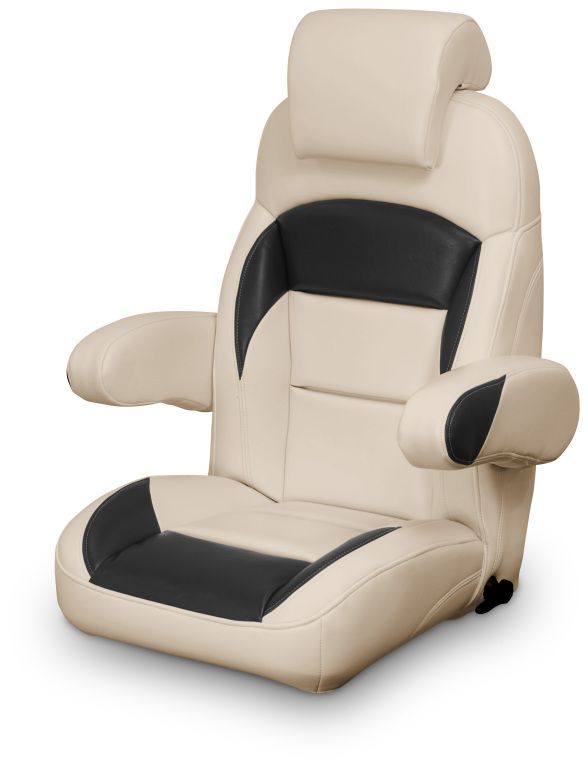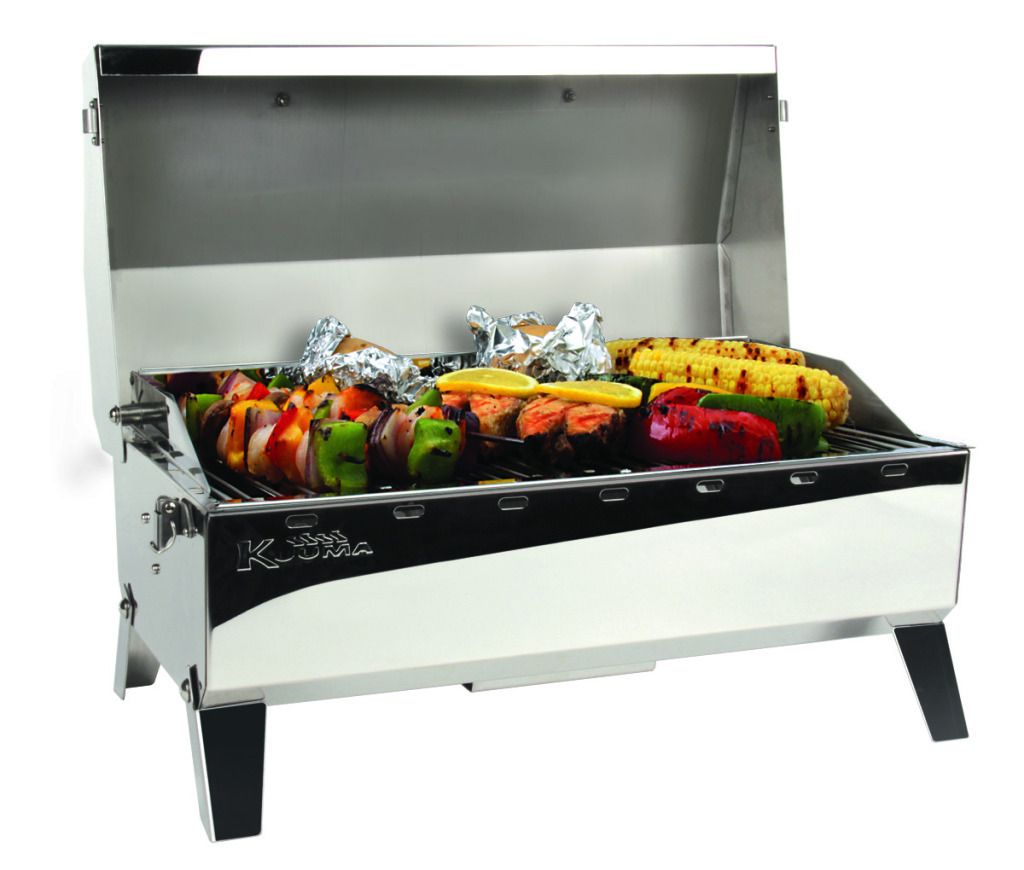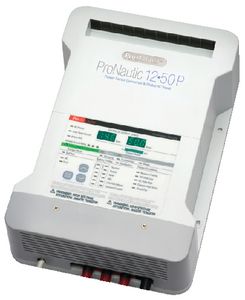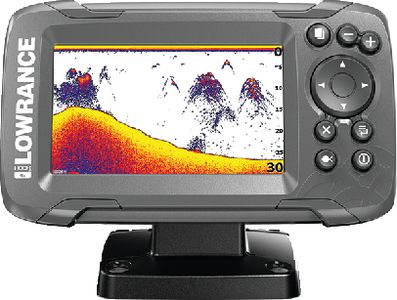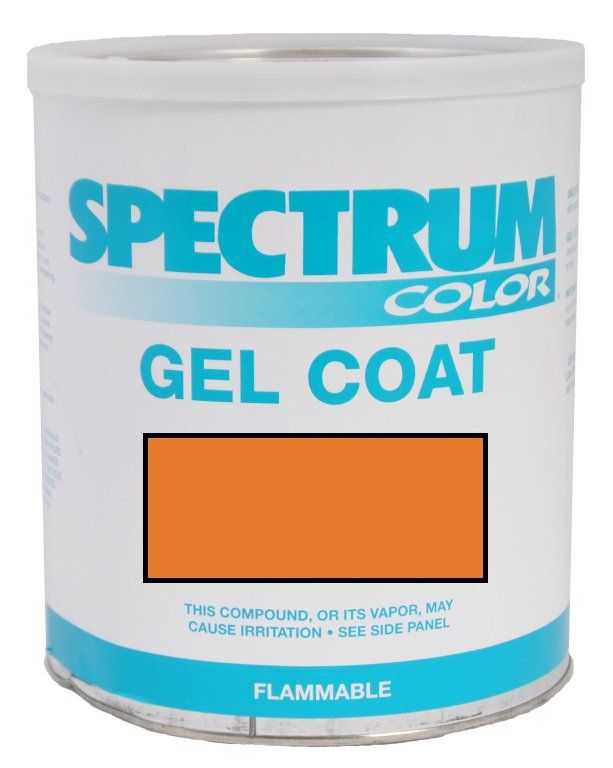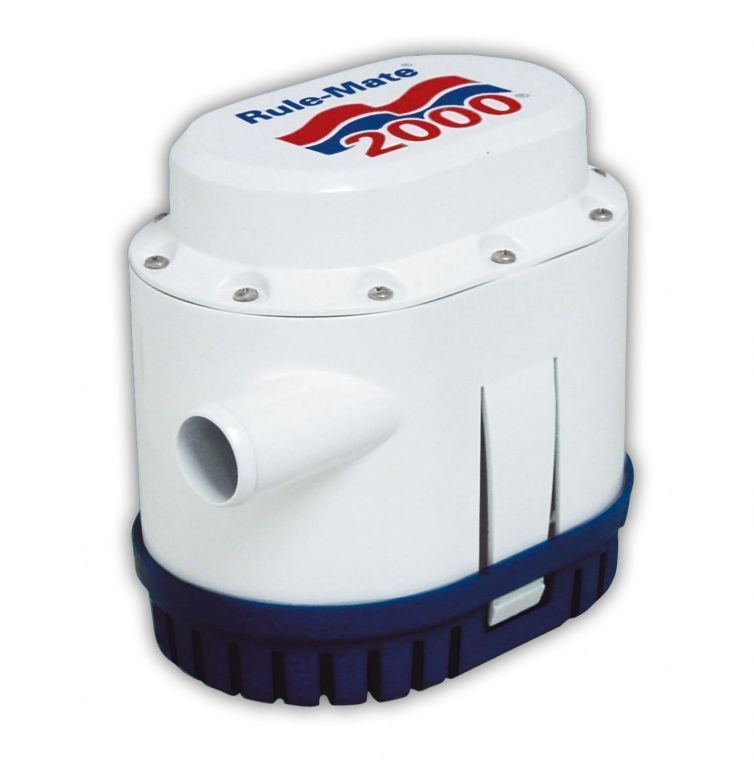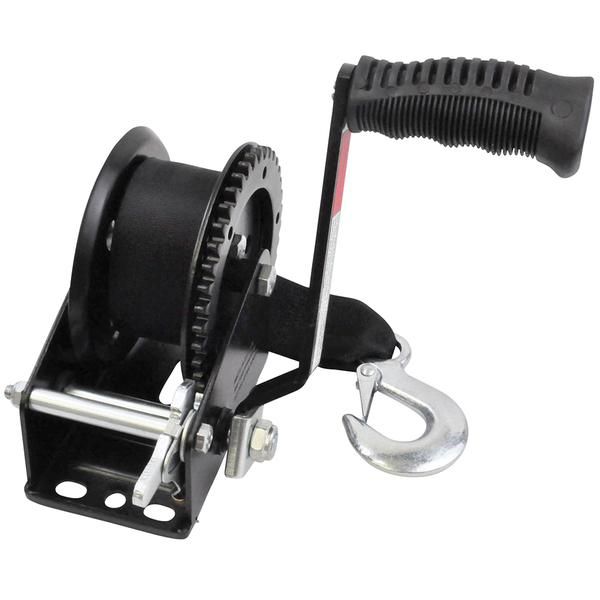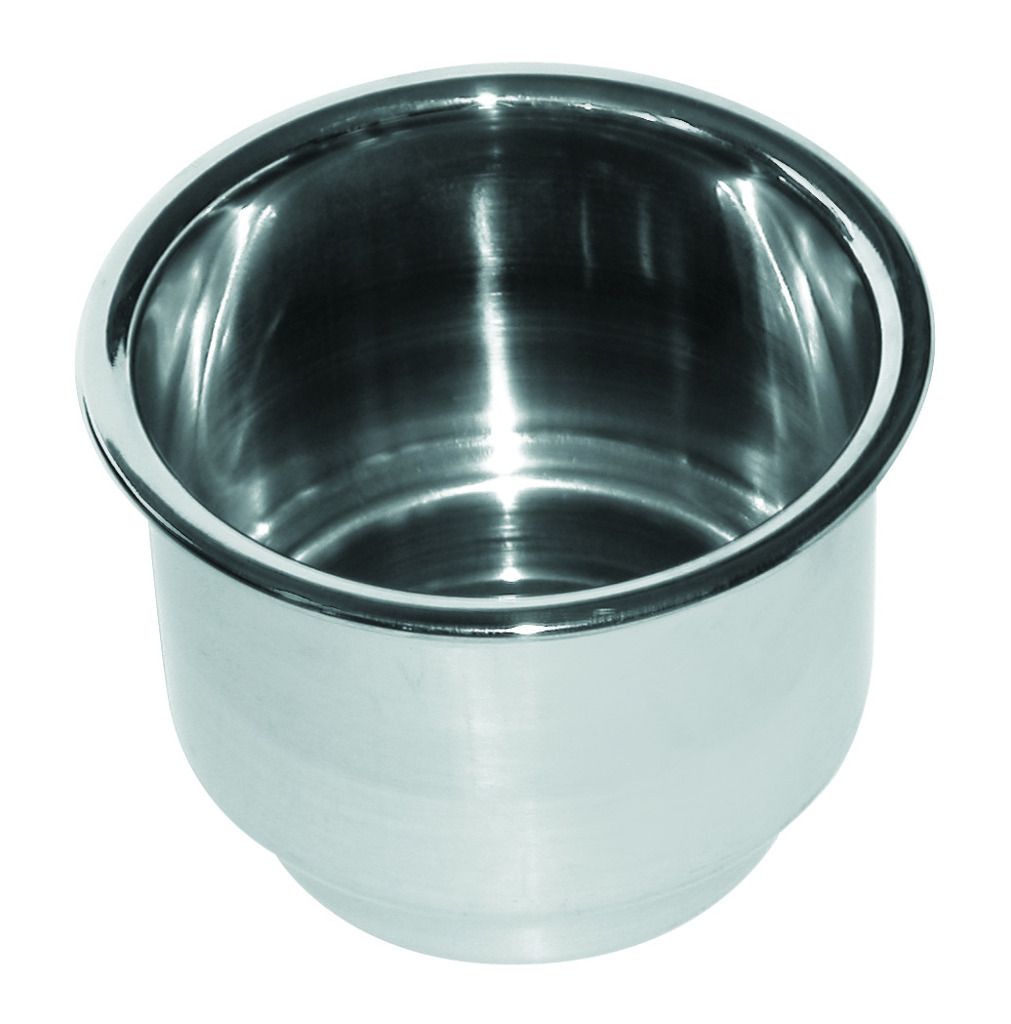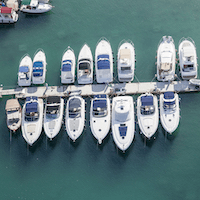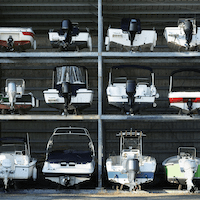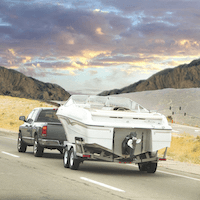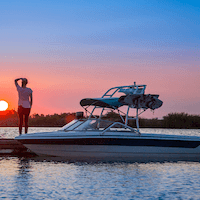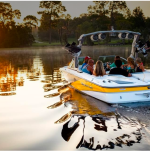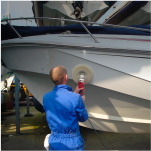Re: Newbie here
Ok here is a couple of photos, trying to figure out what they are and what is the use of them, I am getting water into the boat, and trying to find out how or why. the photos are of something they are below the water line, there is a wire coming out of the back of each.
I tired fulling bilge area with water, and found no leaks. I have had the boat out 2 times. Each time I get alittle water from bilge pump while out but very little, kids getting in and out I figured I would get some, but once I pull boat out of water, unscrew the drain plug water will run for 2 or 3 minutes full stream... why is water not in bilge area?
trying to find reason or why I can not find leak, waters getting in somewhere.
OK, let's slow down a little here and test in stages. You need to control the variables so you can know for sure where and WHEN the water is entering the boat. Also, you may well have multiple problems that may or may not be related, so you need to go slow and steady.
At home testing:
1. In the driveway make absolutely sure the bilge is dry. Put the plug in. Now fill the bilge from a garden hose, being careful NOT to get the water too high per previous posts. I'd say start with 4-5 inches. Let it sit for an hour and check to see if you see any water weeping out from anywhere.
OK, even if there's no water seeping, let's check your bilge pump with step 2.
2. Since you mentioned that while you're out on the lake, your bilge pump didn't seem to pump much water out. So right now in your diveway with 4 inches of water in the bilge, let her fly! If your pump is working properly it should clear the bilge of all but a small amount of water, like maybe 1-3 gallons but it's depending on the size and shape of the bilge. Bottom line is most of the water should be expelled by the bilge.
So run the pump until it won't pump any more. Did it clear the bilge? If not, your pump is bad or you could have a cracked hose or bad fitting so the pump is just reciculating the water in the bilge. This can be very tricky to identify because some of the water may be getting pumped overboard.
OK, so assuming you didn't find the leak while doing driveway testing:
3. Out at the lake, get the boat in the water WITHOUT having a bunch of wet kids getting in and out. You need to be out for a couple of hours and monitoring the amount of water that enters your bilge. How long does it take before you can see water? Is there no water and then suddenly a lot of water? What were you doing when that happened?
4. Assuming raw water cooling (not a closed loop system like a car engine) Stop the engine and remove the cover or remove the cowling. WITH EVERYONE WELL AWAY FROM THE ENGINE so they don't get sprayed with hot water if there are hose leaiks, restart it and obvserve the engine while it's running at idle. See any water coming out of any of the hoses? Hear any sounds that indicate the engine is leaking cooling water, or see steam where a leaking hose or a bad hose clamp is allowing cooling water into the engine bay? Can you see any water dripping down and disturbing the water down in the bilge?
Hose leaks are a common way that water gets into a bilge. Check this route thoroughly, but be careful. Again, it would be better to do this without kids on board, but if you do, keep them well away from the engine.
5. My #1 suspect is still the billows. You may not see cracking because it may be a split in the bottom of the "fold", but if all of the steps above don't produce for you, I'd say it's time to take it into the shop and just tell them it's leaking. Don't self-diagnose, just give them the story and let them figure it out.
Grouse


